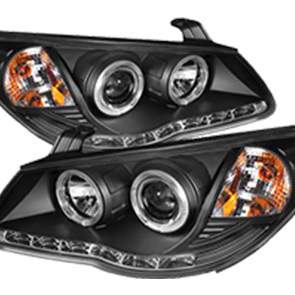changing shifter cable
Changing the Shifter Cable A Step-by-Step Guide
When it comes to maintaining your bicycle, one task that can often be overlooked is the replacement of the shifter cable. The shifter cable is an essential component of your bike’s transmission system, allowing you to effortlessly shift gears and optimize your cycling experience. Over time, these cables can wear out, fray, or become corroded, leading to poor shifting performance and the potential for mechanical failure. If you've noticed difficulty in shifting gears or if your cable appears damaged, it's time to consider changing it.
Why Change Your Shifter Cable?
The shifter cable impacts the precision and reliability of your gear changes. A worn or frayed cable can result in missed shifts, excessive slippage, or even total failure to shift. Regularly checking and replacing your shifter cable will ensure a smooth ride and prolong the life of your bike's transmission system. It’s a relatively straightforward task that can be done at home, saving you time and money compared to a visit to the bike shop.
Tools Required
Before you get started, gather the following tools
1. New shifter cable (compatible with your bike) 2. Cable cutters 3. Allen wrenches or screwdrivers (depending on your bike’s components) 4. Needle-nose pliers 5. Bike lubricant
Step-By-Step Guide to Changing the Shifter Cable
changing shifter cable

1. Remove the Old Cable - Begin by shifting your bike into the highest gear (for rear derailleurs) or lowest gear (for front derailleurs). This relieves tension on the cable, making it easier to remove. - Locate the cable anchor bolt on the derailleur and use your Allen wrench or screwdriver to loosen it. Remove the cable from the derailleur. - Next, trace the cable to the shifter. Open the shifter's cover, if applicable, and release the cable. Make note of how it is threaded through the shifter for reinstallation.
2. Threading the New Cable - Take your new shifter cable and feed it through the shifter in the same manner the old cable was threaded. It’s essential to ensure it fits properly in the cable housing and that there are no twists. - Once threaded through the shifter, pull the cable taut and secure it with the anchor bolt on the derailleur. Remember to leave a little slack to allow for smooth movement.
3. Adjust the Cable Tension - With the cable anchored, check the shifts manually by pushing the shifter lever. If the cable is too loose, you may find it difficult to shift gears; if it’s too tight, your shifts will be imprecise. Adjust accordingly by tightening or loosening the anchor bolt as necessary.
4. Testing - Once you’ve reattached the cable, it’s time to test it out. Shift through all gears to ensure they are engaging smoothly. Watch out for any signs of hesitation or skipping between gears, which would indicate that you may need to fine-tune the tension.
5. Final Touches - After confirming that shifting is working correctly, trim any excess cable using your cable cutters and add a cable end cap to prevent fraying. Lubricate the cable housing lightly to ensure smooth operation in the future.
Conclusion
Changing a shifter cable might seem daunting, but with the right tools and a bit of patience, it's a task that most cyclists can handle at home. Regular maintenance, including cable replacement, will enhance your cycling experience, ensuring that your bike performs optimally whenever you hit the road or trails. By taking the time to learn how to change your shifter cable, you're not only saving money on professional repairs but also gaining a deeper understanding of your bicycle’s mechanics. Happy cycling!
-
Workings of Clutch Pipe and Hose SystemsNewsJun.04,2025
-
The Inner Workings of Hand Brake Cable SystemsNewsJun.04,2025
-
The Secrets of Throttle and Accelerator CablesNewsJun.04,2025
-
The Hidden Lifeline of Your Transmission Gear Shift CablesNewsJun.04,2025
-
Demystifying Gear Cables and Shift LinkagesNewsJun.04,2025
-
Decoding Clutch Line Systems A Comprehensive GuideNewsJun.04,2025
